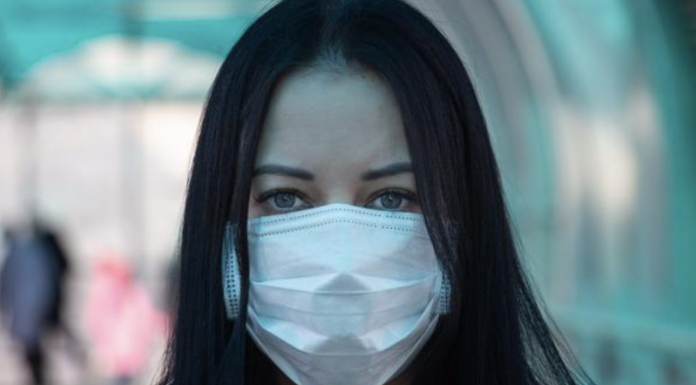“COVID-19 is more likely to go deeper than viruses like the common cold.”
WebMD – There are many types of coronaviruses. Some give you the common cold. The new coronavirus behind the 2019-2020 pandemic causes an illness called COVID-19.
A virus infects your body by entering healthy cells. There, the invader makes copies of itself and multiplies throughout your body.
The new coronavirus latches its spiky surface proteins to receptors on healthy cells, especially those in your lungs.
Specifically, the viral proteins bust into cells through ACE2 receptors. Once inside, the coronavirus hijacks healthy cells and takes command. Eventually, it kills some of the healthy cells.
COVID-19, the illness caused by the coronavirus, starts with droplets from an infected person’s cough, sneeze, or breath. They could be in the air or on a surface that you touch before touching your eyes, nose, or mouth. That gives the virus a passage to the mucous membranes in your throat.
Within 2 to 14 days, your immune system may respond with symptoms including:
- Fever
- A cough
- Shortness of breath or trouble breathing
- Fatigue
- Chills, sometimes with shaking
- Body aches
- Headache
- A sore throat
- Congestion or a runny nose
- Loss of taste
- Loss of smell
- Nausea or vomiting
- Diarrhea
The virus moves down your respiratory tract. That’s the airway that includes your mouth, nose, throat, and lungs. Your lower airways have more ACE2 receptors than the rest of your respiratory tract. So COVID-19 is more likely to go deeper than viruses like the common cold.
Your lungs might become inflamed, making it tough for you to breathe. This can lead to pneumonia, an infection of the tiny air sacs (called alveoli) inside your lungs where your blood exchanges oxygen and carbon dioxide.
If your doctor does a CT scan of your chest, they’ll probably see shadows or patchy areas called “ground-glass opacity.”
For most people, the symptoms end with a cough and a fever. More than 8 in 10 cases are mild. But for some, the infection gets more severe. About 5 to 8 days after symptoms begin, they have shortness of breath (known as dyspnea).
Acute respiratory distress syndrome (ARDS) begins a few days later … Read more.
ALSO ON HEADLINE HEALTH TODAY: Fauci: Roll Up Your Sleeve | Days After Vote, Guv Orders New Lockdown | Face It, Business Travel Is NOT Coming Back



